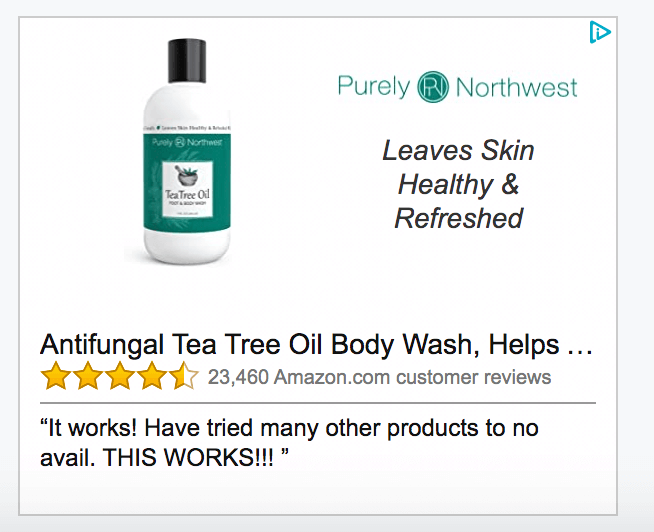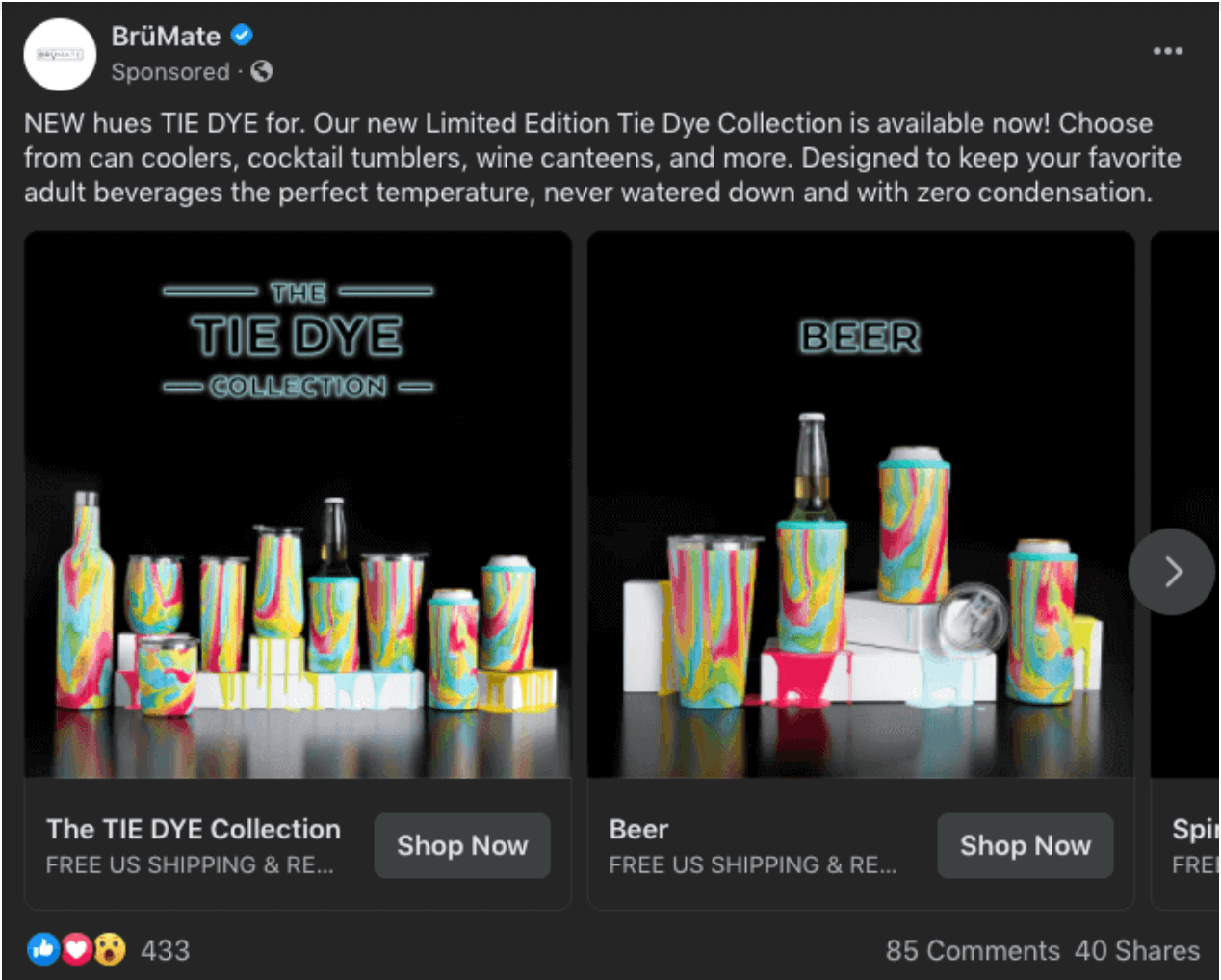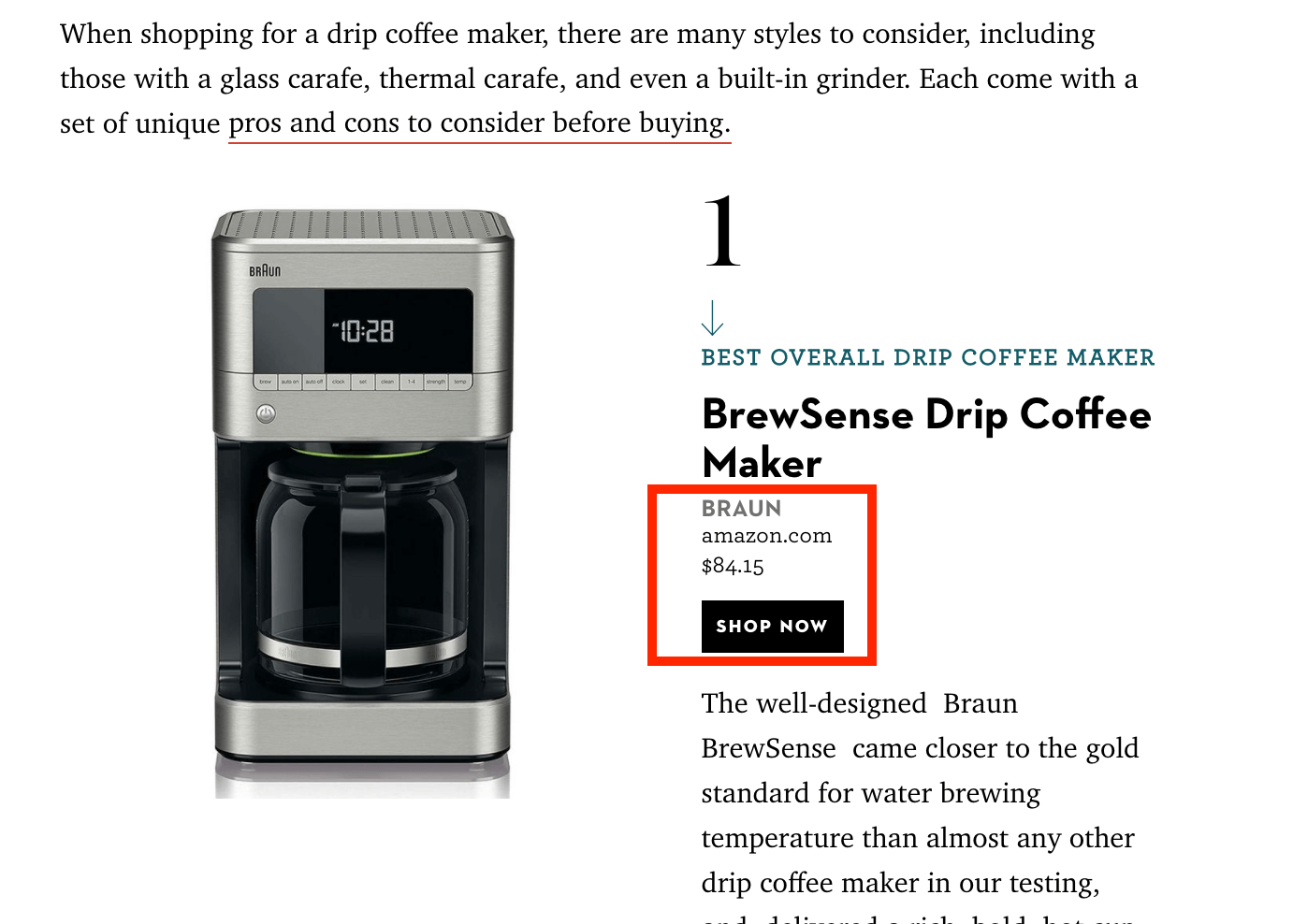If you’ve taken advantage of all the advertising solutions Amazon has to offer but still feel as if there’s room for more growth, it may be time to look into off-Amazon advertising.
When consumers are shopping for products online, nearly 74% start their search on Amazon. While this is an impressive stat, what about the other 26% of searches? You could potentially reach many more customers by putting a heavier focus on external traffic sources.
Why you should drive external traffic to your Amazon listings
As the competition on Amazon and sponsored ad costs continue to increase, you need to get ahead and look for additional ways to drive qualified traffic to your listings. While Amazon has incredibly powerful internal advertising solutions for sellers and brands, you could be missing out on sales by not advertising outside of Amazon.
Before you begin driving traffic to your Amazon listings, it is very important that your listings are already properly optimized and have a decent conversion rate. If not, you’ll be wasting your time, and more importantly, your money. Even the best off-Amazon advertising won’t convince most customers to buy a product with low-quality listing images, a bare-bones description, and few or poor reviews.
A fully optimized listing will have the following elements:
- High-quality images
- SEO-friendly copy
- Informational bullets and thorough product descriptions
- Amazon A+ content (if applicable)
- 20 to 30 reviews with at least a 4-star rating
If your listing is brand new or you don’t have high-quality images yet, wait on sending external traffic until you’ve had a chance to take some — they’re that important!
A major benefit of driving external traffic to Amazon versus relying only on its three PPC ad types is that you can funnel traffic directly to your Amazon storefront — which is free of competitors’ listings or ads.
You can increase your Best Seller Rank
If your products have a consistent conversion rate from Amazon’s direct traffic, then your sales will likely increase as you begin to send qualified outside traffic to your listing — in turn, increasing your Best Seller Rank. The better your Best Seller Rank, the better your sales.
You can improve your keyword rankings
Amazon seems to favor listings that drive external traffic to Amazon — as long as that traffic is converting into sales. A major benefit to this is that you can expect to see a boost in your organic keyword rankings within search results.
You’ll gain valuable insights about your customers
If you are enrolled in Amazon’s Brand Registry program, you have access to a powerful analytics tool called Amazon Attribution. Attribution provides brands with detailed analytics and insights that reveal which non-Amazon marketing channels work best for your business.
Earn a bonus for driving external traffic to Amazon listings
On July 15th, 2021, Amazon announced the launch of a new Brand Referral Bonus program. If you are enrolled in Amazon’s Brand Registry, you now have the opportunity to earn a bonus for each sale that is brought in from an external traffic source.
According to Amazon: “The Brand Referral Bonus program credits Brands an average of 10% of sales from traffic you have driven to Amazon … The bonus is provided as a credit on your referral fees.”
In order to receive a bonus, you must use Amazon Attribution tags to track sales that come from non-Amazon marketing efforts. This program helps brands save money on referral fees so they can focus on improving the efficiency and profitability of their off-Amazon advertising.
Your bonus will depend on the category you sell in. To see your estimated bonus rate and to learn more about the program, visit the Brand Referral Bonus program help page.
5 ways to drive external traffic to Amazon
1. Amazon Sponsored Display ads
Amazon Sponsored Display ads are available to third-party sellers enrolled in Brand Registry, as well as Vendors. This tool allows you to create display ads on and off-Amazon.
Not only will your display ads be presented across Amazon search results and product detail pages, they’ll also be visible to customers on third-party websites and apps.
Here is an example of an Amazon Sponsored Display ad I came across on a third-party site:

If you click the link in the ad, it will redirect you to the Amazon listing.
Since this ad type was launched in 2019, 25% of third-party sellers have used Sponsored Display ads for their Amazon business. This is not the most popular ad type on Amazon, but still accounts for 2% of Amazon’s advertising revenue.
If you are brand registered, testing out off-Amazon ads using Sponsored Display really is a no-brainer.
2. Facebook ads
Did you know that 21% of consumers start their search for products on social media? That’s too big a number to ignore. Facebook Advertising is a powerful marketing tool that allows you to target specific interests and demographic groups that are more likely to look for and purchase your products.
With the Facebook ad platform, you’re also able to create Instagram ads that will appear in users’ feeds as they scroll through. When done correctly, Facebook and Instagram ads can have a powerful impact on your Amazon FBA sales!
Here is an example of a Facebook ad for an Amazon product:

You can test out variations of Facebook ads to see what generates the most conversions for your listings on Amazon. Try out different ad copy, test videos against images, target different audiences, and pilot different ad types.
Send traffic to a landing page first
When running Facebook ads — or any external ad source for that matter — we suggest sending traffic to a landing page first, instead of directly to your Amazon listing.
This accomplishes two key things: first, you get the chance to “warm up” the visitors so they’re more likely to buy your product. You can think of that Facebook traffic as “cold” — they’re probably scrolling Facebook to catch up with family and friends, not necessarily to shop. By sending visitors to your brand’s landing page before they proceed to your listing, you can pique their interest in your products — i.e., warm them up — so they’re in the mood to make a purchase.
Once you’ve had a chance to pre-sell your product via your landing page, you can let visitors click through to your listing to make their purchase. This will improve your conversion rate. Alternatively, if you send traffic from a Facebook ad directly to your Amazon listing, you run the risk of harming your conversion rate when “cold” traffic leaves your listing without making a purchase.
Second, you can collect valuable customer data through your landing page: visitors’ email addresses. This is a big win for two reasons: first, because an email list strengthens your marketing efforts, and second, because Amazon does not allow you to access that kind of information through Seller Central.
You should always ask for customers’ email addresses on your landing page — and offer benefits in return. Not only will an email list help filter out the customers who are not really interested in purchasing your product, but you’ll also get to compile a roster of contacts who can receive promotions of new product launches or special sales events, and generally be in the loop as your business grows.
3. Social media marketing
If you don’t have some kind of social media marketing strategy, you’re already falling behind. Take advantage of social media platforms to grow your brand, build a following, connect with your audience, and increase brand awareness. Consumers are already looking at their phones all day — it’s an incredible marketing opportunity!
On top of your own social media strategy, your brand can get in front of thousands, or even millions of viewers if you engage social media influencers in your niche. Influencer marketing can have a positive impact on your business if done correctly.
Collaborating with influencers in your space can help grow your social media following and increase your sales on Amazon and other ecommerce platforms.
You may not like what I’m about to say, but your brand should be on TikTok. TikTok is responsible for many products going viral and causing huge spikes in sales! There isn’t a silver bullet for what makes a product reach TikTok viral status, but being on the platform and engaging your followers with regular posts is a strong start.
4. Build an email list
As I mentioned above, emails are one of your most valuable marketing assets as an ecommerce business owner — and collecting them should be a priority. If you’re an Amazon seller, you already know that Amazon, unfortunately, does not provide you with customer emails — unless you have access to their new Manage Your Customer Engagement tool.
With an email list, you have a roster of former and potential customers that have had some kind of interaction with your brand. You can remarket your products to them with promotional messages and special deals made exclusively for them.
5. Affiliate blogs
While you won’t have full control over this option — unless of course, you own your own niche blog site — this is a great way to help drive additional traffic to your Amazon products.
There are many niche sites out there run by content creators who are part of the Amazon Associates Program. When they write about a product, they’ll include an affiliate link to the Amazon listing. That way, they earn a commission each time one of their blog visitors clicks on their link and purchases the product on Amazon.
Look for these kinds of blogs, YouTube accounts, and websites in your niche and reach out to them to ask if they would be interested in featuring your product for their blog or video.
For example, if you sell coffee makers, search for “best coffee makers” on Google. You’ll find a bunch of blog articles comparing different coffee machines on the market.
I found one from Good Housekeeping that compares eight different coffee makers, each with affiliate links that direct you to Amazon listings.

If you can get a popular niche blog such as Good Housekeeping to link to your listing, you could have a great source of traffic for your business.
Ideas for off-Amazon ads
Here are some ideas to start your off-Amazon ad efforts.
- Provide creative content to an influencer to use on an IG post or story.
- Use “user-generated content.” Solicit photos from your previous customers and use those images in an ad to show real people using the product.
- Create video ads for Amazon or on Facebook.
- Offer exclusive discounts in your ads.
- Use carousel ads on Facebook to show multiple images or videos in one ad.
- Create a video ad of a real-life customer providing an honest review of the product.
- Add information about your return policy or risk-free purchase guarantee.
- Show multiple variations of one ad.
Don’t forget to measure your performance
As we mentioned above, make sure you use the Amazon Attribution tool when driving external traffic to your listings. If not, you will have a hard time figuring out how and if your ads are working.
Attribution provides important metrics like the click-through rate, impressions, add-to-cart rate, and number of purchases attributed to each ad channel. You can view data for multiple external sources, including Facebook, Google, Youtube, Instagram, Twitter, and even email marketing. These are key to understanding which ad channels are effective, and which need to be optimized or dropped.
Start driving more traffic to your Amazon products
We hope this article helps you understand the importance of driving external traffic to your Amazon listings. Not only will it help you drive more sales and awareness to your brand but it’ll help you gain some valuable insights about your customers that other Amazon sellers won’t be able to do.
What are your thoughts on driving external traffic to Amazon? Let us know down in the comments!

 7 Comments
7 Comments
7 comments on “How to Drive External Traffic to Your Amazon Listing”